Views: 0 Author: Joan Publish Time: 2023-11-20 Origin: https://taihusnow.com/








The Ultimate Guide to Different Types of Silk Fabric: Your Complete Silk Fabric Guide
Silk, known for its luxurious feel and elegant appearance, comes in various types and qualities. To understand the differences, it is essential to explore the kinds of silk fabric, grades of silk, and the concept of momme silk.

Different types of silk fabric possess unique characteristics and uses. At the same time, the quality and Grade determine the appearance and feel of the material. In addition, the momme weight of silk plays a vital role in the durability and application of silk products.
| 1 | What Types of Silk Fabric Are There? |
| 2 | Unique Characteristics and Uses of Different Silks |
| 3 | The Different Qualities and Grades of Silk |
| 4 | FAQ |
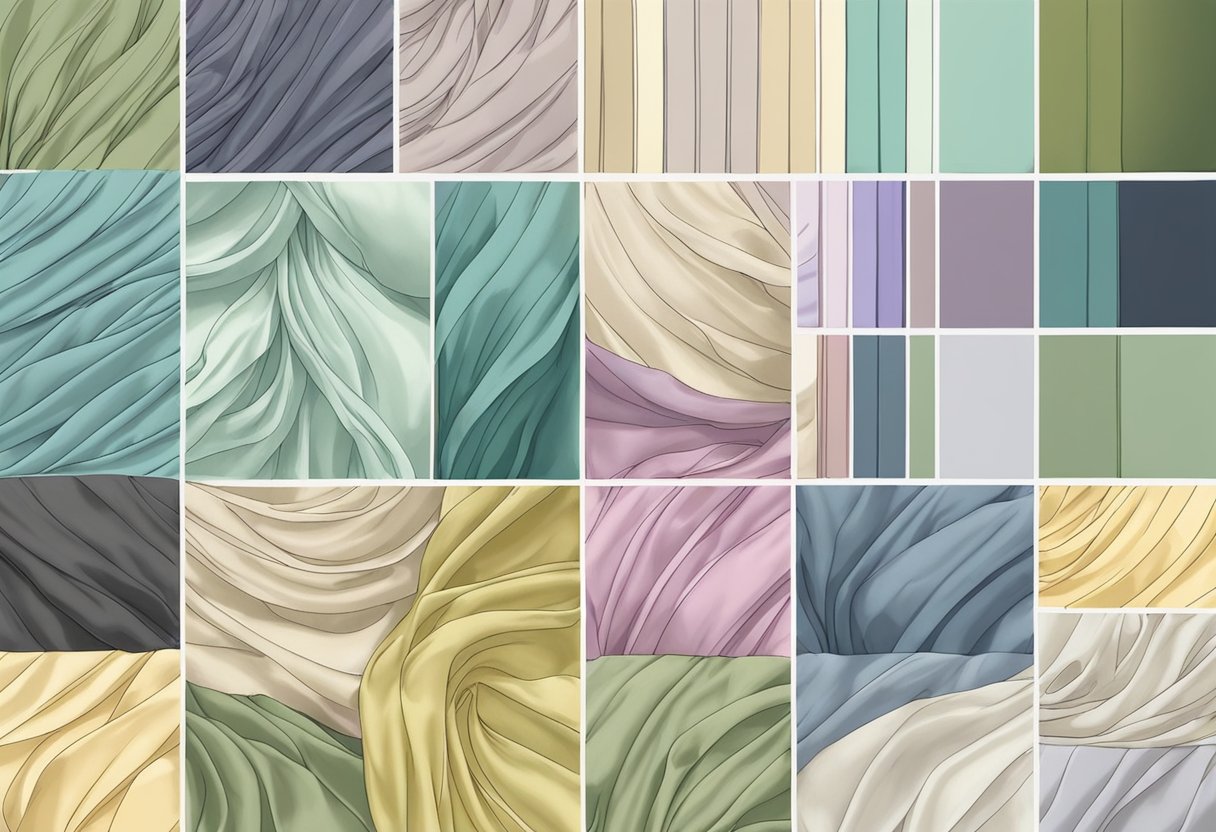
Silk is known for its luxurious and luscious texture and is the most potent natural fiber. With a wide variety of types, there's no wonder it has remained a popular choice for centuries. Are you curious about the different silk fabrics and their unique characteristics? Let's dive in and explore a few!
First, discuss Mulberry, Eri, Tasar, and Muga silk.
These diverse types have distinct features that make them stand out. Each is derived from the cocoons of specific silkworms, which contribute to their unique properties. Different Types Of Silk Fabrics And Uses provide detailed information about their characteristics.
One notable type is Silk Charmeuse, known for its satin finish. This makes it the ideal fabric for creating beautiful dresses and blouses. Charmeuse's smooth and shiny surCharmeuse a luxurious touch to any garment.
Another well-known silk fabric is Chiffon. It is sheer, lightweight, and perfect for evening wear and scarves. Chiffon's delicate and airy texture makes it a popular choice for various fashion items, creating an elegant and flowy appearance.
There are also crucial variations, such as Georgette and Stretch Silk, to meet different fashion needs. Georgette is a sheer, crinkled fabric for breezy blouses and layered dresses. On the other hand, Stretch Silk combines the beauty of silk with the flexibility of elastane, making it suitable for garments that require a bit of stretch to ensure comfort and fit.
So silk types like Eri, Muga, Tussar, and Mulberry have unique qualities that make them fashionable.
As you can see, silk is a remarkably versatile fabric with numerous variations. Each type possesses unique qualities that make it suitable for different garments and occasions, ensuring you can always find the perfect silk fabric for your fashion needs.
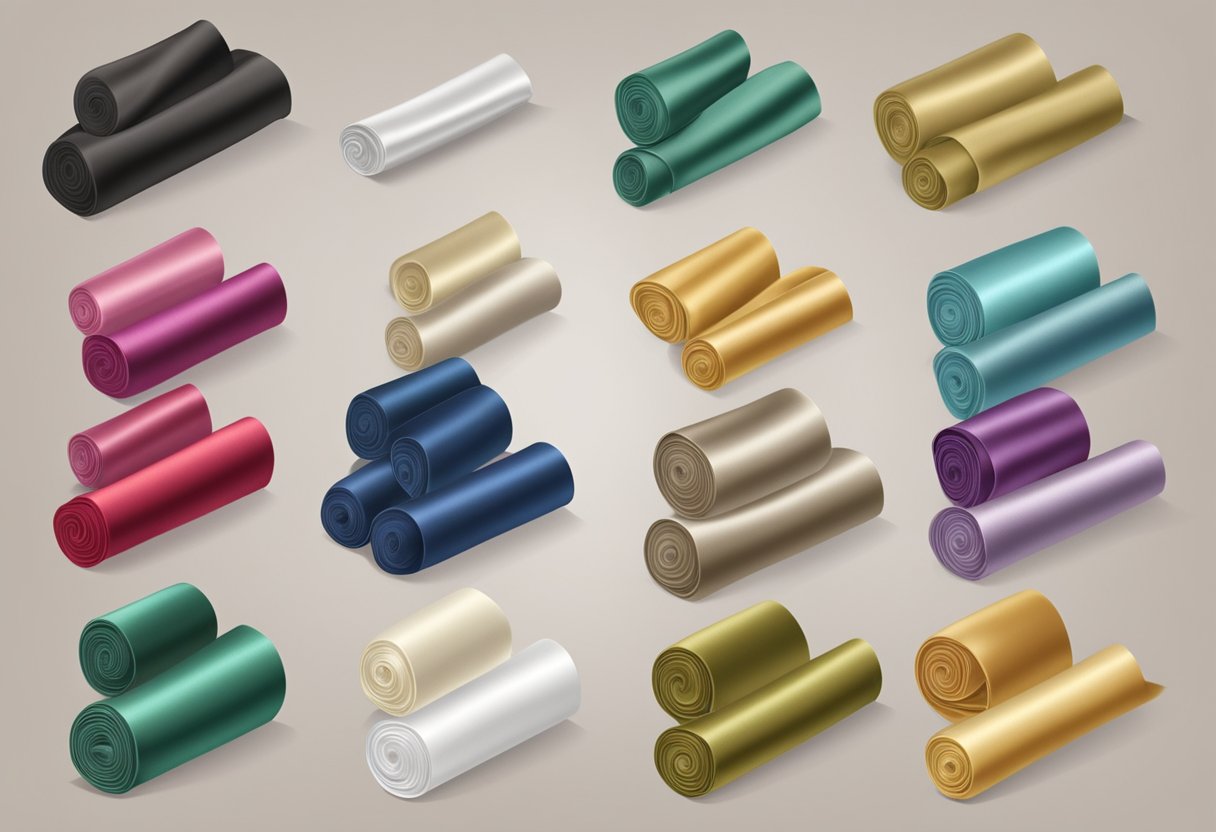
You may have noticed that some silk fabrics are different. In fact, they can vary significantly in terms of texture, weight, and sheen. You'll find that each type of silk fabric has its unique characteristics that make it perfect for specific garments and accessories. Let's take a quick look at some of the most popular types of silk.
Charmeuse silk is known for its beautiful luster and smooth, luxurious feel. It drapes wonderfully, making it perfect for elegant evening gowns, blouses, and lingerie. Have you ever worn a silk scarf? Chances are it was made from charmeuse silk. It's also important to remember that charmCharmeusebe is a bit delicate, so handle it carefully during sewing and wearing.
On the other hand, chiffon silk is loved for its light, airy, and transparent nature. This sheer fabric is ideal for flowy dresses, skirts, and scarves. You'll often find it layered in garments to create movement and a sense of depth. Don't let the sheerness of Chiffon fool you, though; it's surprisingly strong and durable.
Dupioni silk is an excellent choice for those who appreciate a bit of texture. Its crisp, rough texture and slight sheen work well for structured garments like jackets, blazers, and skirts. Want to add a touch of sophistication to your home? Dupioni silk also looks fantastic when used for cushion covers or curtains.
Now, let's talk about momme silk for a moment. While not a specific type, momme refers to the weight of the silk fabric. It's measured in units called momme (mm), and you'll typically find silk fabrics ranging from 11mm to 30mm. The higher the momme, the heavier and more durable the silk fabric is. For example, a hefty 22mm silk fabric would be great for a cozy set of silk bed sheets or pillowcases. In contrast, lighter momme silk suits delicate items like lingerie or a lightweight scarf.
As you can see, there's a world of silk fabrics to explore, each with unique characteristics and uses. The next time you shop for silk garments or accessories, you'll know what to look for.
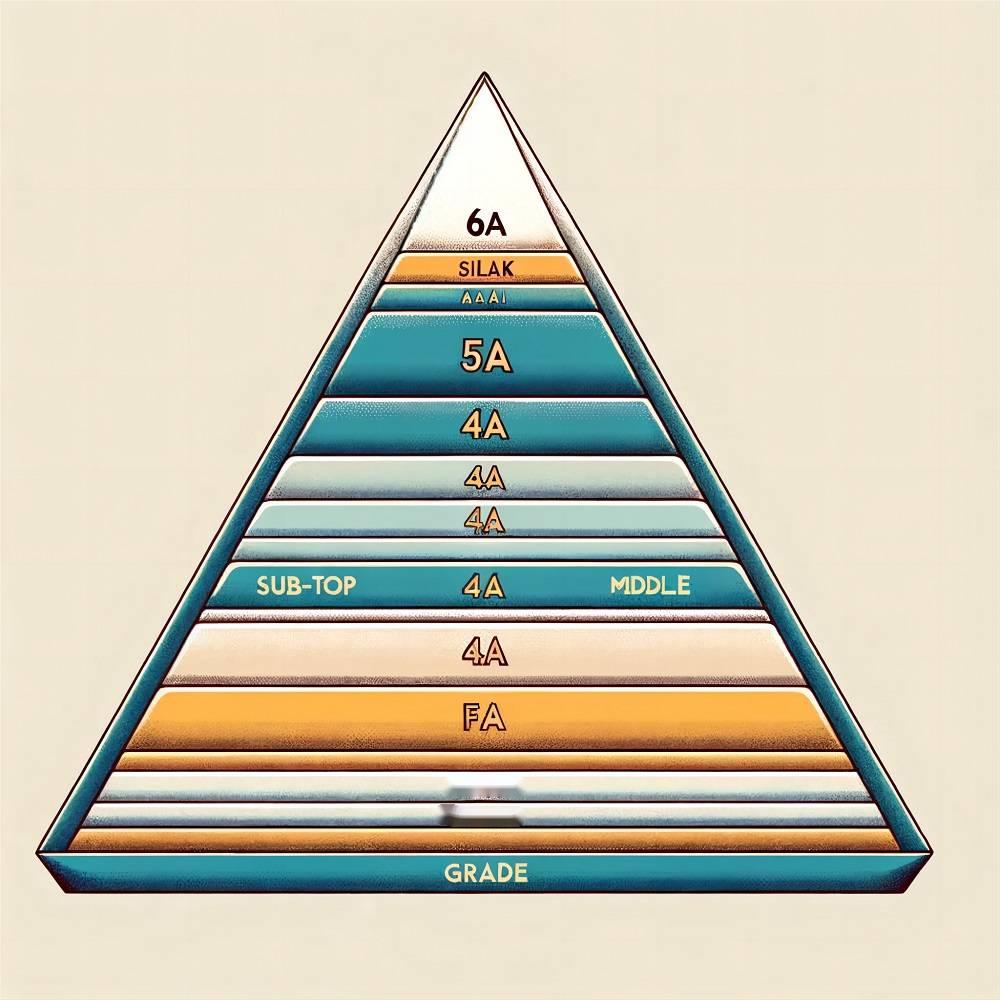
When it comes to silk, you may find many advertisements showcasing various types and fabrics. So, how do you know which grade of silk is best for you? To make an informed decision, it's essential to understand the grading of silk and what factors influence its quality and durability.
Silk grading usually falls into three main categories: Grade A, Grade B, and Grade C. While all grades are considered silk, there are noticeable differences in texture, durability, and appearance. Grade A silk, the highest quality, is smoother, more lustrous, and more durable than Grade B and Grade C. On the other hand, Grade C silk has a rougher texture and may not last as long as the higher-grade silk materials.
One of the factors determining silk grades is cocoon quality. For instance, higher-grade silk often comes from better-quality cocoons. These premium cocoons result in silk with a more refined texture and appearance. As you move down the grades, the cocoon quality also decreases, leading to less luxurious silk and ultimately affecting its durability.
Another important aspect to consider when evaluating silk is momme silk. This term refers to the weight and density of silk fabric. Higher momme silk is considered more luxurious, as it is denser and drapes better. As a rule of thumb, higher-grade silk will typically have a higher momme weight, making it more durable and desirable for various uses, such as bedding and elegant clothing.
To help you navigate through the different grades of silk, this Grades of Silk guide offers useful insights on what qualities to look for when purchasing products made of this delicate material.
So, when you shop for silk products, remember to consider aspects such as the grade, cocoon quality, and momme weight. By understanding these factors, you'll be better equipped to choose silk items that suit your needs and preferences and truly appreciate the exquisite nature of this material.
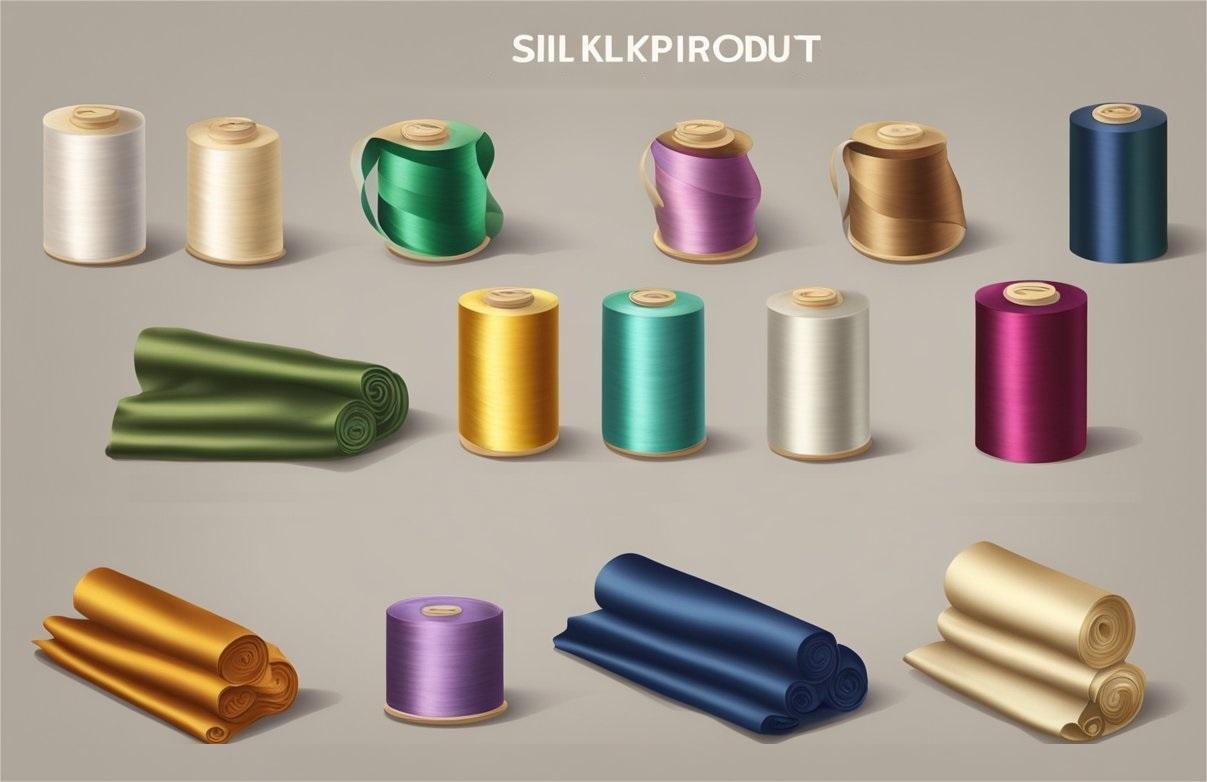
Have you ever noticed that silk products come in various quality levels? Yes, that's right! The Grade of silk can significantly impact the quality and feel of products like comforters, bedding, and fashion items. Let's dive into how this happens.
The quality of silk is primarily determined by its Grade, ranging from Grade A to Grade D, with Grade A being the highest quality. The main factors influencing silk grades include the length and thickness of the fiber, as well as its cleanliness and luster. Did you know that a higher rate of silk tends to be more luxurious and durable? Well, now you do.
Let's take a look at a few case studies that demonstrate how different grades of silk impact the products we use every day:
Comforters: A higher-grade silk, like Grade A, results in a softer, warmer, and more breathable comforter that will keep you cozy all night long. In comparison, comforters made of lower-grade silk may be less comfortable and may not regulate temperature as effectively.
Bedding: Similarly, high-grade silk sheets provide a smoother, silkier sleeping surface, making your bed feel like a luxurious escape. Lower-grade silk bedding, on the other hand, may feel less soft and may need to drape more beautifully.
Fashion Items: In the fashion world, Grade A silk is often preferred for its excellent sheen, strength, and ability to drape gracefully. Lower-grade silk fabrics may appear duller and not hold up as well over time.
Now, let's see what industry leaders have to say about silk quality and its applications:
Expert 1: "In my experience, using high-grade silk adds a touch of elegance to any product, whether it's apparel or home décor. The difference in quality is noticeable and can set a brand apart."
Expert 2: "As a textile designer, I always prioritize top-grade silk for my creations. The vibrant colors, luxurious feel, and durability make it worth the investment."
So, the next time you shop for silk products, remember that the silk grade is crucial in determining the overall quality and comfort. Happy shopping!
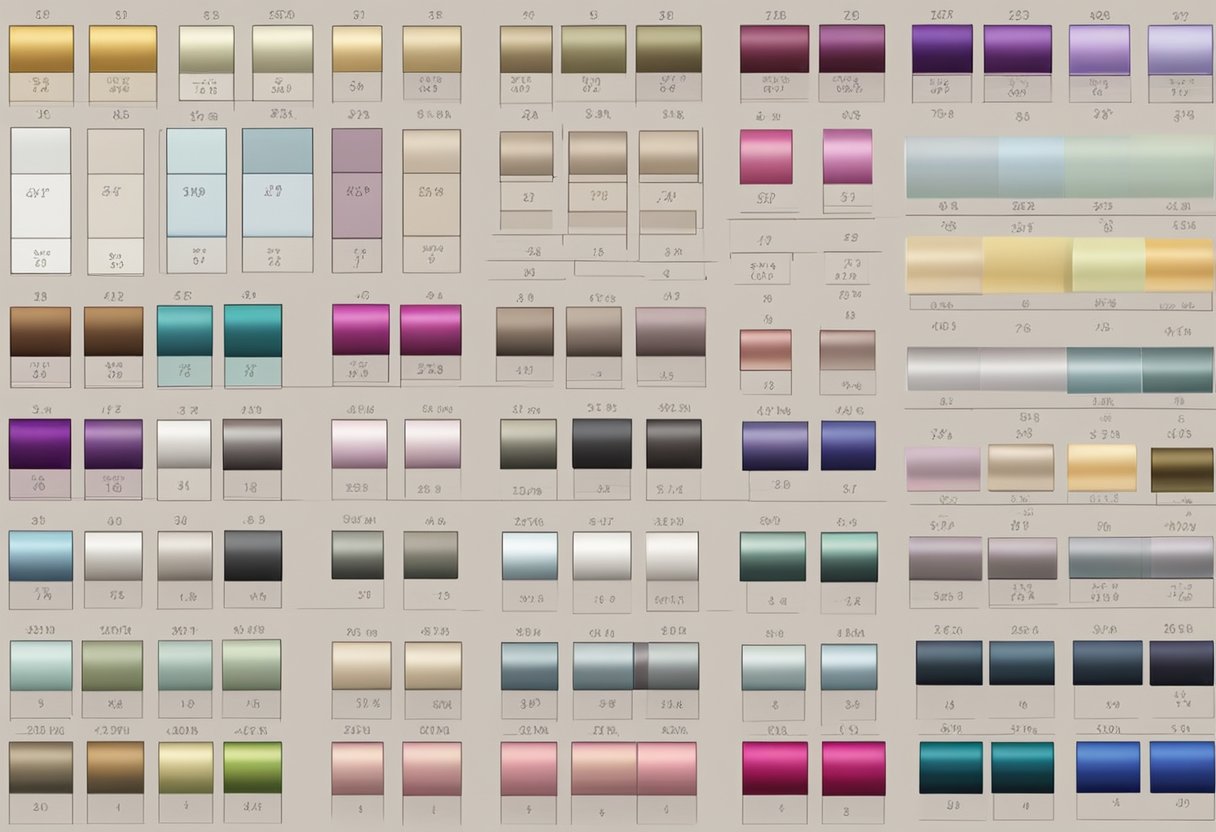
When investing in high-quality silk products, such as pillowcases, bedding, or accessories, understanding the term "momme" is essential for making informed decisions.
So, what does momme mean?
Momme (mm) is a unit of measurement representing the weight of silk. Originating from the Japanese word and pronounced like "mommy," it's more efficient than using thread count to gauge silk quality, as silk threads are only 1/10th the thickness of human hair. Measuring the weight is a much more reliable method.
The traditional way of measuring silk's weight in momme is based on the imperial system. It involves weighing a piece of silk fabric that's 45 inches wide and 100 yards long (approximately 114 centimeters x 90 meters). If this fabric weighs 19 pounds, then the momme would be 19. Silk with a higher momme grade has more tightly woven threads, making it denser and less transparent than silk with a lower momme.
When choosing the ideal momme count for a silk product, it's crucial to consider factors such as comfort and durability. Contrary to popular belief, the highest momme grade may only sometimes be the best choice, depending on the type of silk product you're purchasing.
For items that come in direct contact with your skin, like silk pillowcases, pajamas, eye masks, or hairbands, a momme count between 19-22 is ideal. This range offers a delicate balance between comfort and durability while avoiding excess friction.
Meanwhile, higher momme counts are more suitable for throws and blankets, providing a soft and warm experience. Lower momme counts, such as Chiffon, make elegant and flowing fabrics for scarves, hair scrunchies, and toddler blankets.
One misconception about higher momme silk is that it requires more maintenance. The reality, however, is that higher momme silk is more durable and resilient, thanks to its density and tighter weaving.
To prolong the life of your silk products, adhere to the care instructions provided or consider professional dry cleaning for high-quality items.
Finally, it's essential to know the typical ranges of momme measurements for various silk fabrics.
For instance, gauze silk typically ranges between 3 and 5 momme, organza between 4 and 6, habotai between 8 and 16, Chiffon between 6 and 8, crepe de Chine between 12 and 16, charmeuse between 12 and 30, and raw silk between 35 and 40.
By understanding these different momme measurements, you'll be better equipped to choose the appropriate silk products to match your needs and preferences.
Now that you know the importance of momme in silk, you can make informed decisions when investing in premium silk products, ensuring luxurious comfort and long-lasting quality.
By choosing the proper momme count for your desired silk products, you'll enjoy the many benefits that high-quality silk can provide.

A higher momme value indicates a thicker, more durable material. Still, too high a momme can lead to a stiff feel. So, how do you choose the right momme for your silk needs?
High Momme Silk: Ideal for Bedding, Throws, and Heavy-Duty Applications
A higher momme silk, typically 19-25 momme, is perfect for items that require more substance and durability.
Momme silk is found in luxurious bedding, pillowcases, and sumptuous throws. It's not just the glamour, but also the practicality that comes with high momme silk—better heat insulation and longevity are additional benefits. Who wouldn't want a good night's sleep wrapped in comfortable and elegant silk?
Low Momme Silk: Perfect for Lightweight and Delicate Items like Scarves and Blouses
On the other hand, low momme silk, ranging between 6 and 12 momme, is suitable for lightweight and delicate items. You'll love how airy and soft it feels when designing scarves, blouses, or lingerie. Its lower momme count makes it perfect for creating elegant, flowy garments that showcase silk's natural luster and beauty.
Choosing the Right Momme for Different Silk Products: From Pillowcases to Dresses
Here's a breakdown of the optimal momme range for various silk items:
Pillowcases and bed linens: Look for a momme between 19 and 22mm. This range balances softness, durability, and breathability, perfect for a good night's sleep.
Silk clothing: Aim for a momme between 16mm and 19mm for dresses or blouses. This range is light and breathable yet strong enough to withstand everyday wear.
Scarves and ties: An 8mm to 12mm lower momme is ideal for scarves and links, giving a lighter, more delicate feel perfect for draping and knotting.
Remember these guidelines as you shop for silk items, and you'll be on your way to choosing the perfect fabric to suit your needs.
Practical Guidelines: Optimal Momme Range for Various Silk Items
To make it easy to remember, here's a quick reference table for the optimal momme range of different silk products:
| Silk Item | Optimal Momme Range |
19mm - 22mm | |
19mm - 22mm | |
16mm - 19mm | |
8mm - 12mm | |
Ties | 8mm - 12mm |
High and low momme silk fabrics are used for different things.
You can get strong, luxurious high momme silk or delicate, stylish low momme silk. There are many products to choose from.
Taking good care of your silk items is important to keep them beautiful and make them last long. Follow the care instructions and enjoy using momme silk.
Now that you know about silk momme types, you can make smart choices when buying silk. Remember, the right choice depends on what you like and how you'll use it!
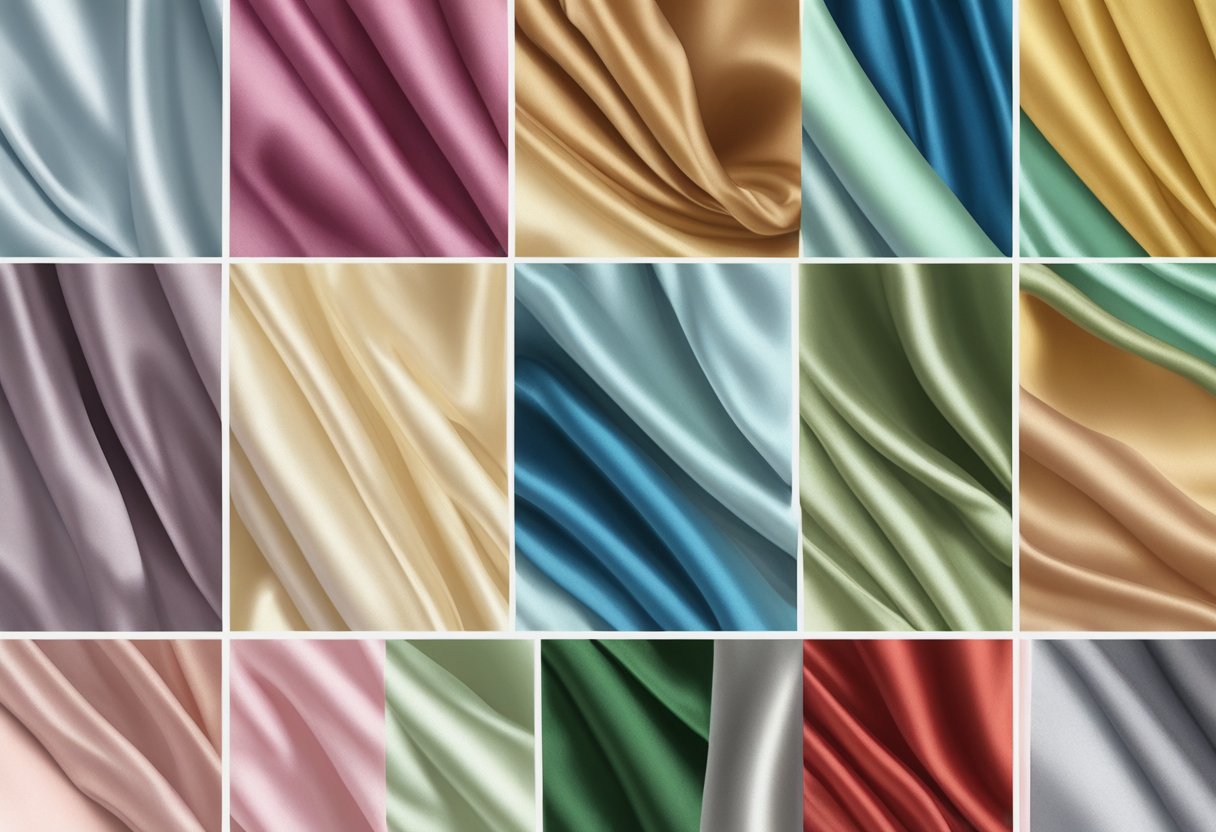
Caring for your silk depends on its momme weight. But does higher momme mean higher maintenance?
Not necessarily! Let's explore some tips and tricks for preserving the quality of your silk across different momme varieties.
First things first, always check the care label on your silk item. This will provide you with the manufacturer's recommended instructions. Generally, it's best to use a gentle detergent and hand wash in cold water for most silk items. However, some higher momme silk can withstand a delicate machine wash.
To maintain your silk's lustrous appearance, avoiding wringing or twisting it is essential, as this can damage the delicate fibers. Instead, roll it in a clean towel to remove excess water, then lay it flat to dry. Remember to keep your silk away from direct sunlight or heat, which can fade its colors.
Ironing your silk is an art in itself! Use a low heat setting, and turn your silk garment inside out. You can place a clean cloth between your silk and the iron to prevent scorch marks. Or, better yet, steam your silk items to release any wrinkles without applying direct heat.
Here are some additional tips for taking care of your silk, regardless of its momme weight:
Storage: Store your silk in a cool, dry place free from moisture and direct sunlight. This helps prevent mildew and discoloration.
Dealing with stains: Blot any stains gently and as soon as possible, using a white cloth or paper towel. Avoid rubbing or scrubbing, as this can damage the silk fibers.
Refreshing: To keep your silk fresh, use a fabric spray for delicate textiles. Just be sure to test it on a small, inconspicuous area first!
By following these practical care and maintenance tips, you can enjoy your beautiful silk items in their best condition, regardless of their momme weight. Remember to always treat your silk with the delicacy it deserves, and it will reward you with its luxurious appearance and feel for years to come.

There are several types of silk fabrics, each with its unique characteristics. Charmeuse silk, for example, is smoother and drapes beautifully, making it perfect for lingerie and evening wear. Tussah silk, on the other hand, has a rougher texture and a more natural look, making it great for casual clothing. Remember, the origin, production process and texture of each silk type play a significant role in its appearance and feel.
Silk grading is based on factors such as texture, color, and strength. Grade A silk, the highest quality, boasts a smooth surface, uniform color, and high tensile strength. Lower grades, like B and C, tend to have a rougher texture, irregular color, and weaker strands. Keep in mind that a higher grade doesn't just ensure a better feel, but it also has wear and tear resistance.
Momme weight is essential to determine silk's quality, thickness, and durability. A higher momme weight means denser, stronger fabric. For instance, silk bedding with a 22-25 momme range is considered luxurious and durable. In contrast, silk scarves or pillowcases may have 12-16 momme weight for a lighter feel. Always look out for the momme count when buying silk products to ensure a solid balance between quality and affordability.
Each type of silk fabric has distinct properties and ideal uses. Charmeuse and Mulberry silk are popular for clothing, as they're smooth, lustrous, and drape well. For home textiles, such as bed linens and curtains, sturdy silk like Dupioni or Tussah silk is usually preferred. Consider both the function and aesthetic appeal of silk products before making your choice.
Inspecting silk for its grade involves assessing the fabric's appearance, texture, and strength. Grade A silk should be smooth, have a uniform color, and be strong enough to resist tears. Lower-grade silk tends to have imperfections, irregular color, and less strength. When shopping for silk, pay attention to these factors to ensure you're getting the best quality for your investment.
Here are some tips to help you while selecting silk products:
Check the fabric label for the type of silk, momme weight, and grade.
Compare the price range and quality across different silk products.
Look for any visible flaws like uneven color, rough texture, or low tensile strength.
Consider the purpose of the silk product – clothing, bedding, home textiles – and choose the appropriate silk fabric type.
By keeping these tips in mind, you'll be well-equipped to make an informed decision when purchasing silk items.
